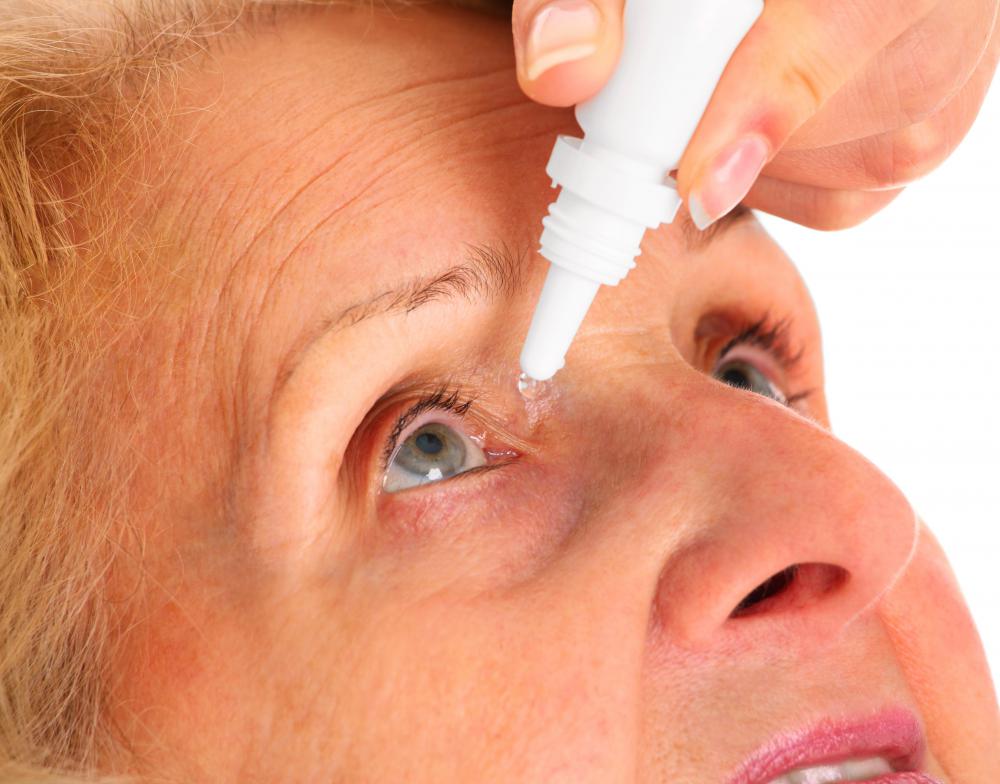At TheHealthBoard, we're committed to delivering accurate, trustworthy information. Our expert-authored content is rigorously fact-checked and sourced from credible authorities. Discover how we uphold the highest standards in providing you with reliable knowledge.
What is the Medial Rectus?
The medial rectus is a muscle located in the eye socket. This muscle works within a sort of pulley-system and, along with other extraocular muscles, helps to control certain movements of the eye. The role of the medial rectus in eye movement is that of adduction. That is to say, the eye moves in an inward direction, as toward the nose. Several medical conditions have the potential to compromise the function of this important muscle of the eye.
The nerve supply to the medial rectus muscle is provided by the oculomotor nerve, also referred to as the third cranial nerve. While working to control the majority of the movements of the eye itself, this nerve provides other functions as well. The oculomotor nerve is also responsible for holding the eyelid in an open position in addition to constricting the pupil.

Medial rectus palsy is a medical condition known to have an adverse effect on the medial rectus muscle. This condition occurs frequently when there has been a traumatic brain injury. The damage to the oculomotor nerve causes nerve and sometimes muscle paralysis. Improper eye movement and double vision are typical symptoms of this condition. Medications are sometimes helpful in alleviating troubling symptoms, although surgical intervention is sometimes necessary.

Esotropia is another condition affecting the medial rectus muscle. In this condition, the patient exhibits what is commonly referred to as a squint. What this means is that the eye, or sometimes both eyes, turn in an inward position. This is commonly known as being cross-eyed. A surgical procedure called medial rectus recession is often employed in an attempt to correct this condition.

Medial wall fractures sometimes occur when there has been some sort of facial trauma. This type of fracture is another common cause of damage to the medial rectus muscle. The orbital floor is normally affected along with the medial wall itself. Swelling and skin discoloration are often the only outward signs that this type of fracture has occurred. While symptoms sometimes resolve on their own, surgery is very often required.

An abnormal muscle thickness involving the medial rectus is sometimes found in a patient with Grave's Disease, although it can be present with no sign of disease. This condition causes pain as well as impaired vision. The use of medications such as eye drops along with the use of a humidifier is often enough to relieve troublesome symptoms in those with mild cases of this condition. Radiation or surgery are only necessary modes of treatment in rare cases which do not respond to more conservative treatments.
AS FEATURED ON:
AS FEATURED ON:

















Discuss this Article
Post your comments